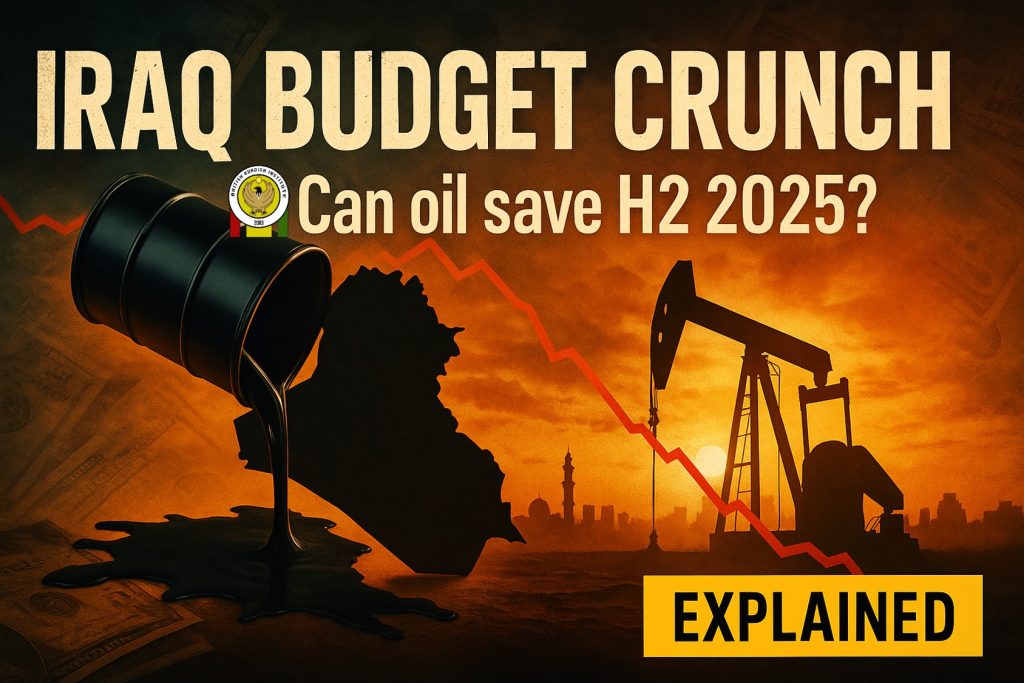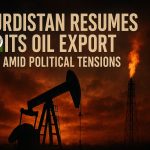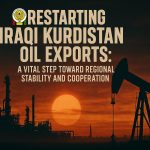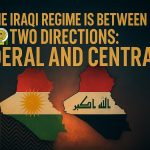Can Iraq’s Oil Revenues Plug the 2025 Budget Gap in H2?
Probably not. Benchmark forecasts put oil at $60–$70 per barrel in 2025, while the IMF says Iraq needs ~$80 to fully fund its budget. Revenues (oil and non-oil) fell in the first five months, and spending typically accelerates in the second half. Unless Iraq draws on reserves, defers investment, or restructures spending and broadens non-oil revenues, a larger H2 fiscal shortfall looks likely.
Key Takeaways
-
Data corrections matter: A reporting error blurred April–May figures, but corrected data still shows declining revenues from January–May 2025.
-
Price mismatch: Forecast oil prices ($60–$70) sit below the ~$80 fiscal breakeven cited for Iraq—implying continued deficits.
-
H2 squeeze: Iraq’s spending rises sharply in H2 due to investment outlays; parity in H1 doesn’t mean balance for the year.
-
Non-oil fragility: Non-oil revenues ~4.22T IQD in five months (≈$3.2B) and down ~33% YoY, led by weaker customs.
-
Policy question: Can Baghdad and the KRG meet obligations if oil underperforms, while non-oil inflows lag and operating costs dominate?
The Data Story: From Reporting Glitches to a Real Revenue Slide
Iraq’s finance ministry published its May 2025 report with figures that initially appeared to double oil revenues month-over-month. After review, the April data had duplicated March, and May combined April+May totals. Even with corrections, the signal is clear: both oil and non-oil revenues trended down across January–May 2025.
During the period, Iraq booked total revenues of ~46.1T IQD (≈$35.2B) against expenditures of ~46.9T IQD (≈$35.8B)—a shortfall near 800B IQD (≈$611M).
Why H2 2025 Is the Stress Test
Iraq’s spending profile is back-loaded. Operational outlays dominate H1, but investment spending and project rollouts surge in H2. In 2024, monthly expenditures rose from ~8.7T IQD in January to ~14T IQD in December (≈+40%). A similar pattern in 2025 would widen the gap if revenues don’t inflect higher.
Oil Prices vs. the Budget Breakeven
Consensus outlooks from major forecasters place 2025 oil at $60–$70/bbl. The IMF estimates Iraq needs ~$80 to balance its budget. That spread implies lower oil income than 2024 and a larger fiscal gap—especially as H2 spending climbs.
Implication: With oil revenues expected to underperform needs, Baghdad faces the classic options set:
-
Use reserves to bridge the gap,
-
Defer or slow investment projects (a familiar lever), or
-
Restructure spending and expand non-oil revenue streams.
The Composition Problem: Low Investment, Heavy Payrolls
From January–May 2025:
-
Oil revenues: ~41.9T IQD (≈$31.9B)
-
Non-oil revenues: ~4.2T IQD (≈$3.2B)
-
Investment spending (ex-KRG): ~3T IQD (≈$2.2B)
Only ~6.4% of total outlays went to investment and infrastructure; the rest was operational. Iraq’s economy often gets labeled rentier, but in practice it’s more monthly-distribution dependent: oil cash flows fund a broad wage bill—with large disparities across institutions. For example, the parliament’s payroll allocation far exceeds that of the agriculture ministry despite the latter employing many more people. Such imbalances complicate consolidation.
Non-Oil Revenues: A Weak Link
In the first five months of 2025, non-oil revenues fell to ~4.22T IQD, down ~33% from ~6.24T IQD a year earlier. The sharpest drop was in customs: from ~1.27T IQD to ~574B IQD. This is particularly worrying given Iraq’s push for digitization and tech-enabled collection—efforts that were meant to lift non-oil intakes.
The KRG Question: Can Targets Be Met?
The latest Erbil–Baghdad agreement expects the Kurdistan Region to generate >240B IQD/month in non-oil revenues and transfer 120B IQD (half) to the federal government. But monthly collections fluctuate, and weaker purchasing power from delayed salaries can depress taxes and customs. Illustrative figures from Sulaimani show revenues swinging month to month, underscoring why a fixed monthly quota may be unrealistic in practice.
What Could Close the Gap in H2 2025?
-
Sustainably broaden the tax base: prioritize high-yield compliance wins (customs leakage, large taxpayer units, e-invoicing).
-
Rationalize payroll and subsidies: protect vulnerable households while curbing high-cost, low-impact lines.
-
Targeted investment: shield economically catalytic projects (energy transmission, ports, logistics) even if other capex is paused.
-
Unified, timely reporting: reconcile oil revenue figures across agencies to reduce policy noise and market uncertainty.
-
Contingency triggers: pre-define oil-price guardrails that automatically adjust spending or transfers.
H2 Outlook: Manageable with Trade-Offs
If 2025 oil realizations hover near $60, total oil income could slip below $90B (~117T IQD), leaving a 10–15T IQD hole versus last year. Given H2’s heavier spend, Iraq will likely need a blend of reserve drawdowns, project sequencing, and expenditure reforms—plus a credible non-oil revenue plan—to prevent arrears and maintain service delivery.
Quick Stats (Embed as a sidebar)
-
Jan–May 2025 revenues: ~46.1T IQD
-
Jan–May 2025 expenditures: ~46.9T IQD
-
Shortfall: ~800B IQD
-
Non-oil revenues (5M 2025): ~4.22T IQD (–33% YoY)
-
Customs (5M 2025): ~574B IQD (down from ~1.27T)
-
Investment share: ~6.4% of spending (ex-KRG)
FAQs (People Also Ask)
Will oil prices recover enough to balance Iraq’s 2025 budget?
Current forecasts suggest $60–$70—below the ~$80 balancing threshold, making a full balance unlikely without policy action.
Why do deficits widen in the second half of the year?
Because investment spending and operating costs typically rise in H2, while H1 is more operationally light.
What’s the main drag on non-oil revenues?
A steep drop in customs collections alongside broader weakness despite digitization efforts.
Can the KRG meet a fixed non-oil target each month?
It’s difficult. Monthly revenue volatility and weaker purchasing power can pull down tax and customs inflows.
What are Iraq’s most realistic near-term fixes?
Tighten compliance, re-prioritize spending, sequence projects, and improve reporting to rebuild credibility and protect growth-friendly investment.

